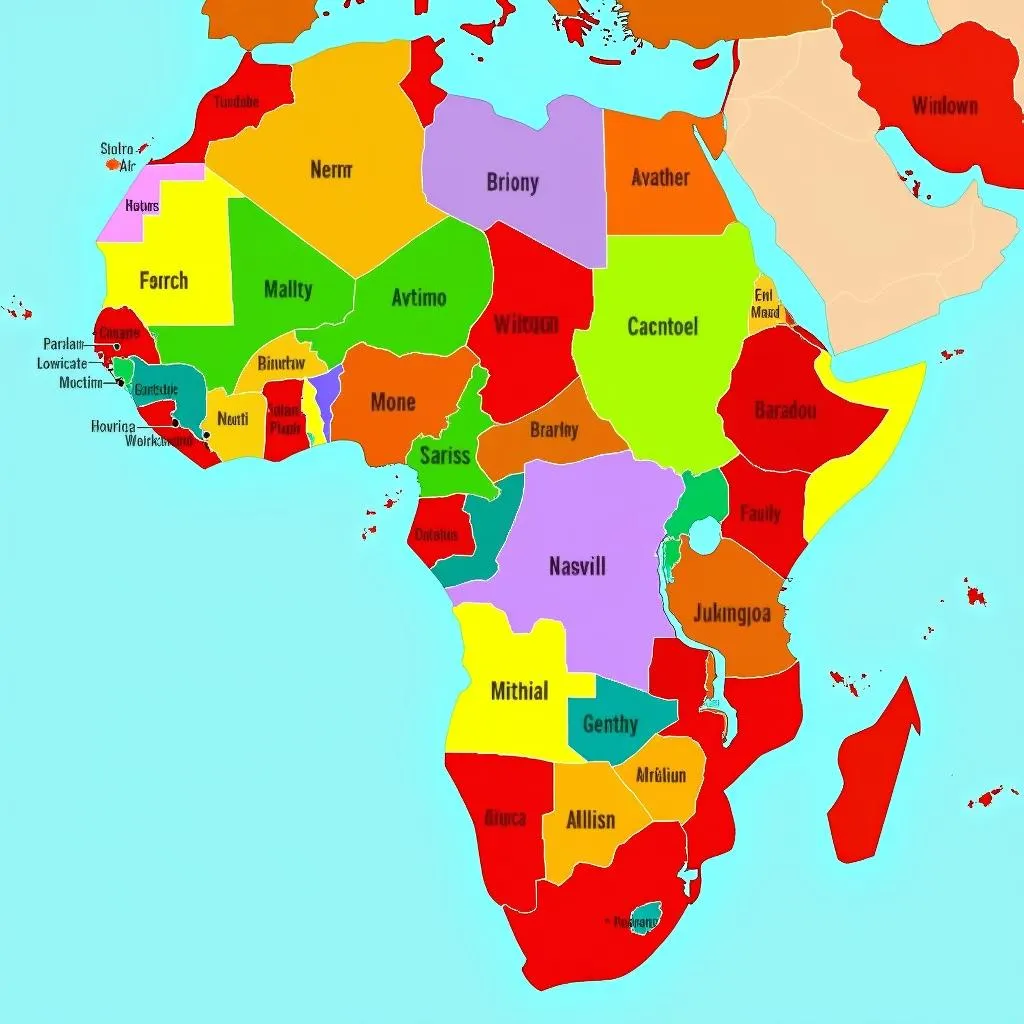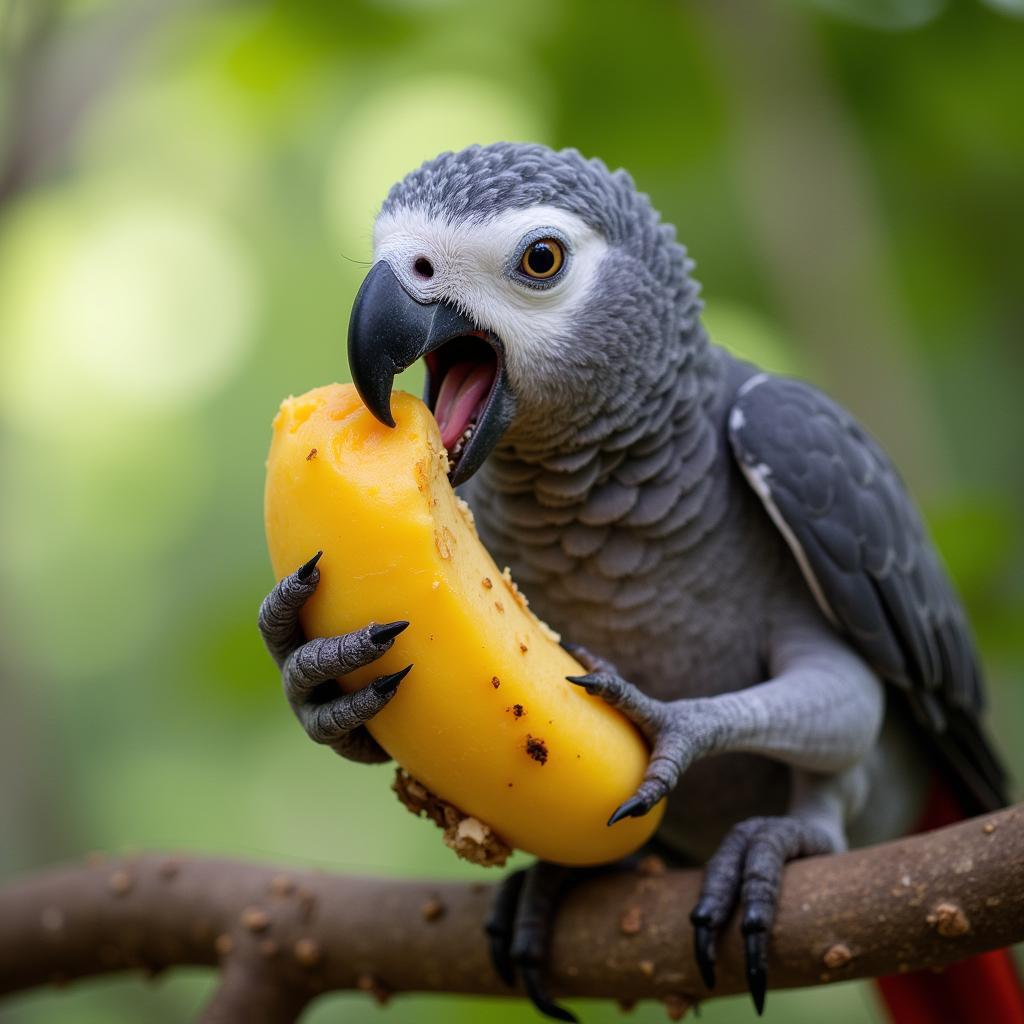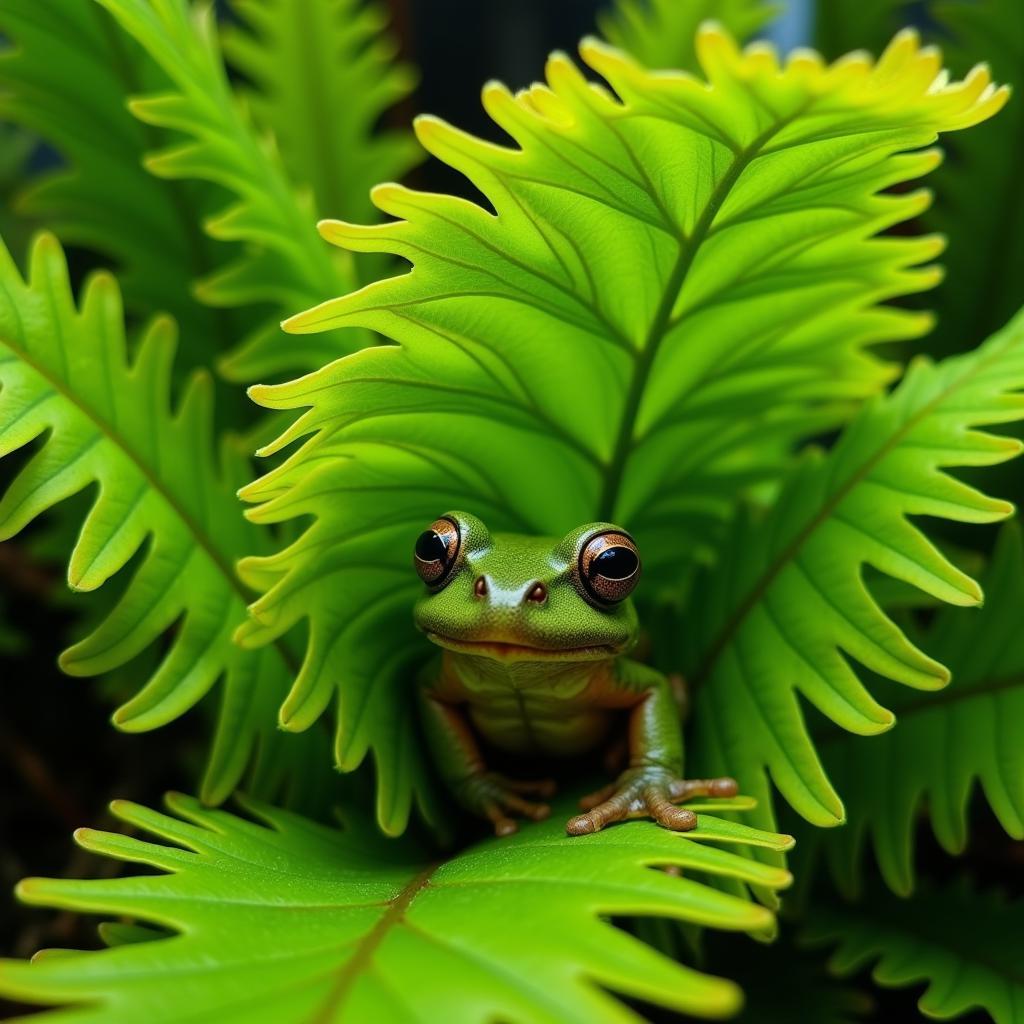Unraveling the Mystery of the African Grasshopper Scientific Name
The African continent teems with a diverse array of insect life, including a multitude of grasshopper species. Understanding their scientific names is crucial for researchers, conservationists, and anyone curious about these fascinating creatures. What exactly is the African Grasshopper Scientific Name, and what does it tell us? Let’s delve into the world of African grasshoppers and uncover the secrets behind their scientific classifications.
There isn’t one single “African grasshopper scientific name,” as the term “African grasshopper” encompasses numerous species belonging to different families and genera. This diverse group of insects plays a significant role in African ecosystems, contributing to pollination, nutrient cycling, and serving as a food source for various animals. To accurately identify a specific species, we need to go beyond the general term and look at the scientific classification system.
Understanding Scientific Classification of African Grasshoppers
Scientific names, based on the Linnaean system, provide a universal language for identifying organisms. This system uses a hierarchical structure, starting with the broadest category (Kingdom) and narrowing down to the most specific (Species). For example, a common grasshopper found in Africa might belong to the Kingdom Animalia, Phylum Arthropoda, Class Insecta, Order Orthoptera, Family Acrididae, and then a specific genus and species. This detailed classification helps distinguish between different grasshopper species, even those that may look similar. The African emerald cuckoo, for instance, relies on specific types of insects for sustenance, highlighting the importance of accurate species identification.
Key Families of African Grasshoppers
Several families of grasshoppers are prominent in Africa, each with its own unique characteristics and ecological roles. Some of the most common families include Acrididae (short-horned grasshoppers), Tettigoniidae (bush-crickets or katydids), and Pyrgomorphidae (gaudy grasshoppers). Within each family, numerous genera and species exist, each with its distinct scientific name. For instance, Zonocerus variegatus is a colorful grasshopper species belonging to the Pyrgomorphidae family, known for its striking appearance and sometimes considered a pest in certain regions.
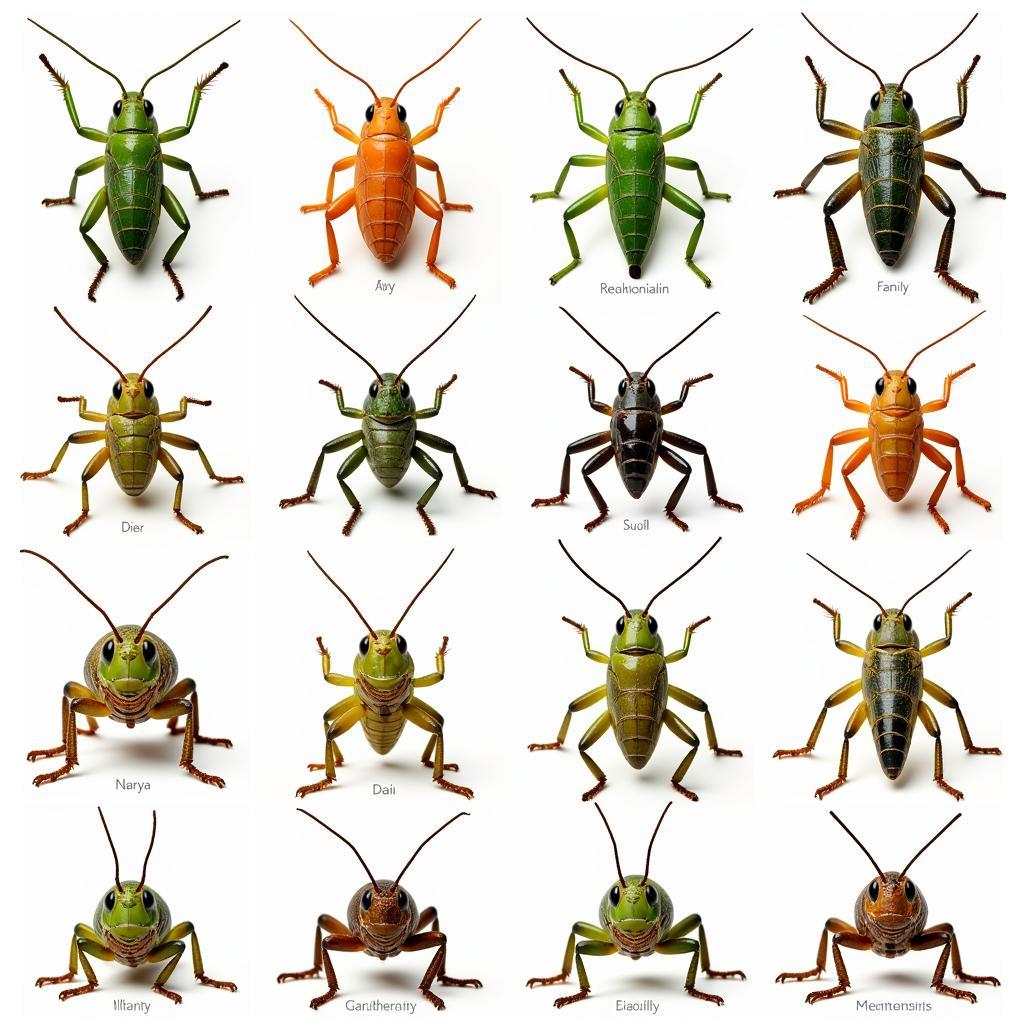 African Grasshopper Families – A Diverse Group
African Grasshopper Families – A Diverse Group
Why is Knowing the African Grasshopper Scientific Name Important?
Accurate identification using scientific names is crucial for various reasons, including research, conservation efforts, and pest management. Researchers studying grasshopper behavior, ecology, or genetics need to be precise in their species identification to ensure accurate data collection and analysis. Similarly, conservationists working to protect endangered grasshopper species rely on scientific names to monitor populations and implement effective conservation strategies. The African crowned crane, for example, is known to prey on certain grasshopper species, making understanding the population dynamics of both predator and prey crucial for ecosystem management.
How to Identify an African Grasshopper’s Scientific Name?
Identifying a specific grasshopper species often requires expert knowledge and the use of identification keys or guides. These resources utilize morphological characteristics, such as wing venation, body shape, and coloration, to differentiate between species. Online databases and scientific literature can also be valuable resources for finding information about African grasshopper species and their corresponding scientific names.
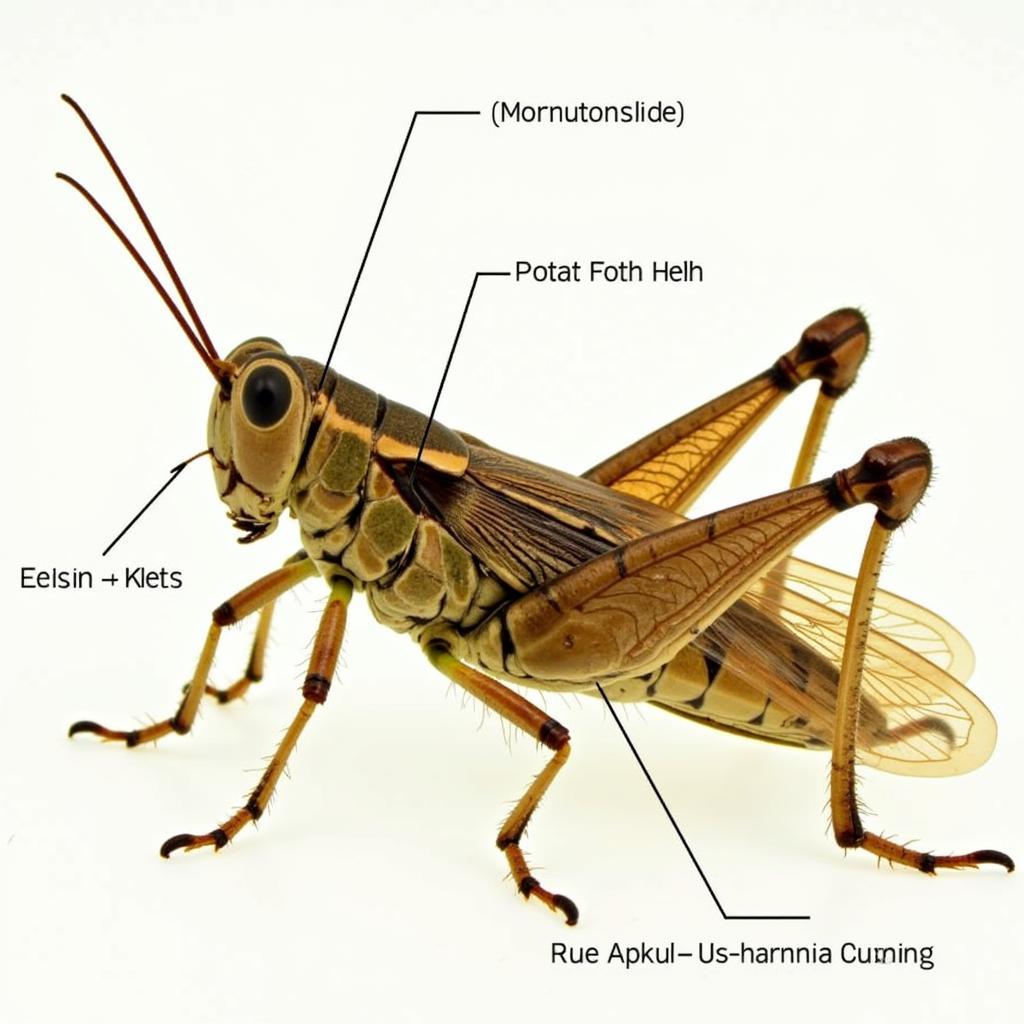 Identifying African Grasshopper Species
Identifying African Grasshopper Species
Dr. Anika Moloi, an entomologist specializing in African insect biodiversity, emphasizes the importance of correct identification: “Using scientific names allows for clear communication and avoids confusion when discussing specific grasshopper species, especially considering the vast diversity within Africa.”
Conclusion
While the term “African grasshopper scientific name” doesn’t refer to a single entity, understanding the principles of scientific classification and the diversity within African grasshopper families is crucial for anyone interested in these insects. By delving into the specifics of genera and species, we can gain a deeper appreciation for the rich biodiversity of the African continent and the importance of accurate identification using scientific names.
FAQ
-
What is the most common grasshopper family in Africa? Acrididae, the short-horned grasshoppers, are one of the most common families in Africa.
-
Are all African grasshoppers pests? No, while some species can become agricultural pests, many play beneficial roles in the ecosystem.
-
How can I identify a specific grasshopper species? Using identification keys, guides, or consulting with entomologists can help in identifying specific species.
-
Why are scientific names important for grasshoppers? Scientific names provide a universal language for accurately identifying and studying different grasshopper species.
-
Where can I find more information about African grasshopper species? Online databases and scientific literature are valuable resources for information on African grasshoppers.
-
What is an example of an African grasshopper scientific name? Zonocerus variegatus is one example.
-
Why are there so many different grasshopper species in Africa? Africa’s diverse ecosystems and climates support a wide variety of grasshopper species.
Dr. Ben Kasambala, a researcher focusing on African ecosystems, adds, “Understanding the role of each grasshopper species, identified by its scientific name, helps us comprehend the complex web of life in African ecosystems.”
For further reading, explore our articles on the african crowned crane and the african emerald cuckoo. These articles delve into the interconnectedness of African wildlife, including the role of grasshoppers in the food chain.
Need more assistance? Contact us 24/7 at Phone: +255768904061, Email: [email protected] or visit us at Mbarali DC Mawindi, Kangaga, Tanzania. Our customer service team is always ready to help.
